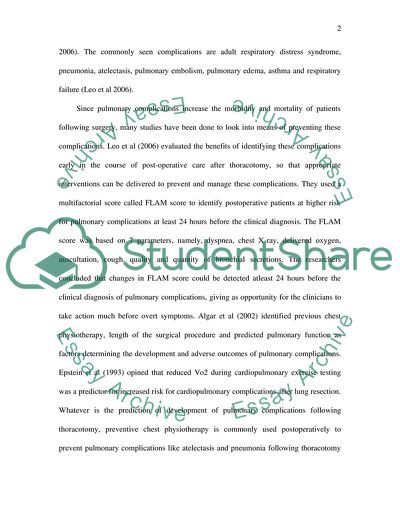Cite this document
(Role of Respiratory Physiotherapy in Preventing Pulmonary Coursework, n.d.)
Role of Respiratory Physiotherapy in Preventing Pulmonary Coursework. Retrieved from https://studentshare.org/health-sciences-medicine/1543741-respiratory-care-to-prevent-complications-after-thorcotomy
Role of Respiratory Physiotherapy in Preventing Pulmonary Coursework. Retrieved from https://studentshare.org/health-sciences-medicine/1543741-respiratory-care-to-prevent-complications-after-thorcotomy
(Role of Respiratory Physiotherapy in Preventing Pulmonary Coursework)
Role of Respiratory Physiotherapy in Preventing Pulmonary Coursework. https://studentshare.org/health-sciences-medicine/1543741-respiratory-care-to-prevent-complications-after-thorcotomy.
Role of Respiratory Physiotherapy in Preventing Pulmonary Coursework. https://studentshare.org/health-sciences-medicine/1543741-respiratory-care-to-prevent-complications-after-thorcotomy.
“Role of Respiratory Physiotherapy in Preventing Pulmonary Coursework”. https://studentshare.org/health-sciences-medicine/1543741-respiratory-care-to-prevent-complications-after-thorcotomy.


